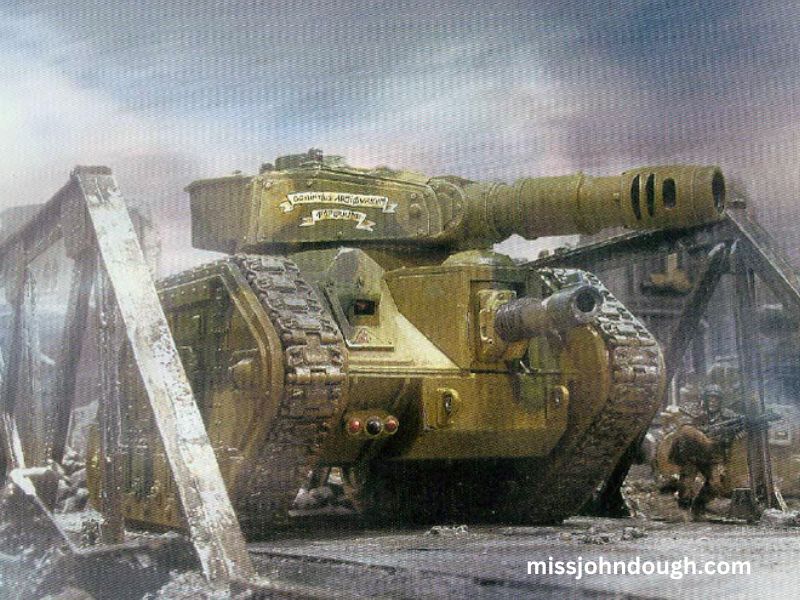In the wake of the First World War, the British Army found itself at the forefront of a revolutionary change in military technology. Tanks, once an experimental weapon, emerged as a vital force in modern warfare. Gifford Le Q Martel’s book, In the Wake of the Tank, provides a comprehensive exploration of the first fifteen years of mechanisation in the British Army, from the earliest trials to the development of fully operational tank units. His work offers invaluable insights into the technological, strategic, and doctrinal evolution of armoured warfare.
In the Wake of the Tank: A Comprehensive Analysis of Early British Armoured Warfare
“In the Wake of the Tank: The First Fifteen Years of Mechanisation in the British Army” is a seminal work by Lieutenant Colonel Gifford Le Q Martel, offering an in-depth exploration of the evolution of mechanised warfare within the British Army from the inception of the tank in World War I through the interwar period. Martel, a pioneering military engineer and strategist, provides invaluable insights into the development, deployment, and strategic integration of tanks during this transformative era.
Gifford Le Q Martel: A Military Pioneer
Martel, a key figure in the development of British tanks, played an integral role during the Great War. He was directly involved in tank operations as an officer in the Heavy Branch Machine Gun Corps and later served in a strategic capacity at Tank Corps Headquarters. This first-hand experience lent him unparalleled authority on the subject. Martel’s contributions to armoured warfare continue to be foundational, as his expertise and historical analysis shed light on the complex journey of mechanised military forces.
The Genesis of Tanks and Early Development
The tank’s invention during World War I was spurred by the need for an effective weapon to break the stalemate of trench warfare. As tanks proved their effectiveness on the battlefield, the British Army saw the potential for mechanised forces in future conflicts. In the Wake of the Tank chronicles the early development phase from 1916-1920, examining the prototypes, trials, and the visionaries who shaped the future of armoured warfare. During this period, the focus was on refining tank designs and testing their capabilities in diverse conditions.
Technological Innovations in Tank Design
Martel’s analysis emphasizes the continuous technological advancements that made tanks viable in combat. Early models, such as the Mark I, were slow and cumbersome, but innovations in armour plating, armament, and engine performance led to significant improvements. Martel delves into these technological developments, offering readers an understanding of the challenges faced by engineers and the technical achievements that enabled tanks to be powerful battlefield machines. The book provides an in-depth breakdown of the specifications and performance features that characterized early tank designs.
Strategic Integration: Tanks in Combat Doctrine
Tanks were not only a new weapon, but they also required a rethinking of military strategy. Martel explores the evolution of tank doctrine, analyzing how the British Army integrated tanks into its combat operations. He traces how initial skepticism about the utility of tanks gave way to their adoption as a core component of military strategy. From supporting infantry to conducting independent operations, the role of tanks in the battlefield grew exponentially. In the Wake of the Tank offers key insights into how early tank commanders and strategists adapted their tactics to make the most of this new and powerful weapon.
Challenges in the Interwar Years
The interwar period, particularly in the 1920s and early 1930s, was a time of transition for armoured warfare. The British Army faced numerous challenges during this phase, including budget limitations, political opposition, and internal debates over the future of tanks. Many feared that tanks were a passing fad, and there were strong voices within the Army who questioned the need for a mechanised future. Despite these hurdles, the British Army continued to develop tank technology and doctrine, ensuring that by the time the Second World War began, tanks had become an indispensable part of military forces.
The Global Context of Tank Development
While In the Wake of the Tank primarily focuses on the British experience, it also offers a comparative analysis of tank development in other countries. Martel examines the strategic and technological advancements made by other nations, including France and Germany, in their tank programs. This comparative approach provides a broader context for understanding the global evolution of tank warfare during the interwar period and its implications for World War II.
Martel’s Legacy and the Impact of Early Armoured Warfare
Martel’s contributions to the study of early mechanised warfare remain vital for modern military historians. His deep understanding of tanks, both from a technical and strategic standpoint, has left a lasting legacy. In the Wake of the Tank provides essential insights into the complex process of transforming a military innovation into an integrated force that would ultimately shape the course of warfare in the 20th century.
Conclusion: The Legacy of the Tank
In the Wake of the Tank by Gifford Le Q Martel is not just a historical account; it’s a critical examination of the evolution of armoured warfare and its impact on modern military strategy. By tracing the development of the British Army’s tanks, from their early prototypes to their integration into combat doctrine, Martel captures the essence of military innovation. His work serves as an indispensable resource for understanding how tanks revolutionized warfare and remains a cornerstone in the study of military history.


